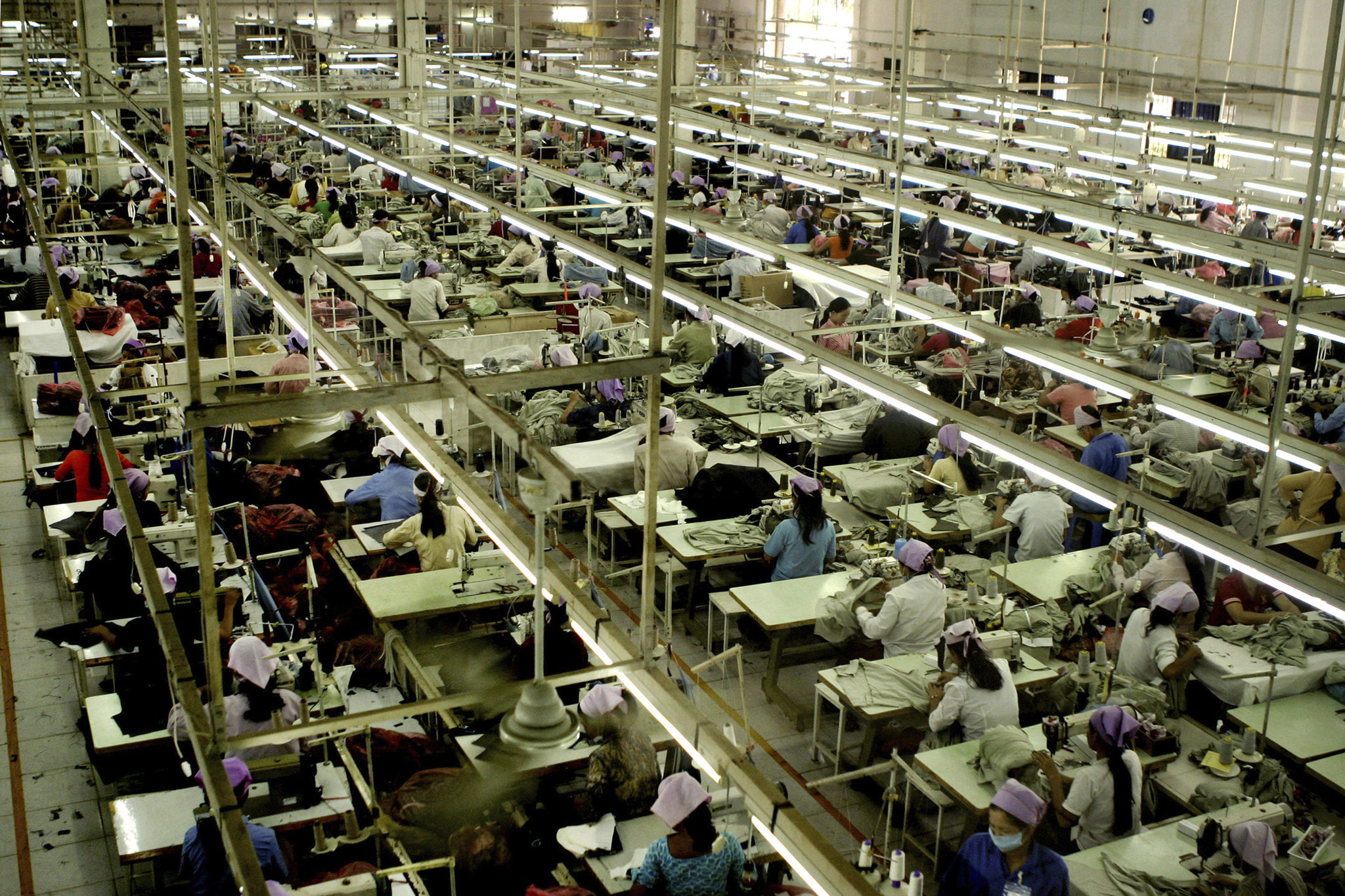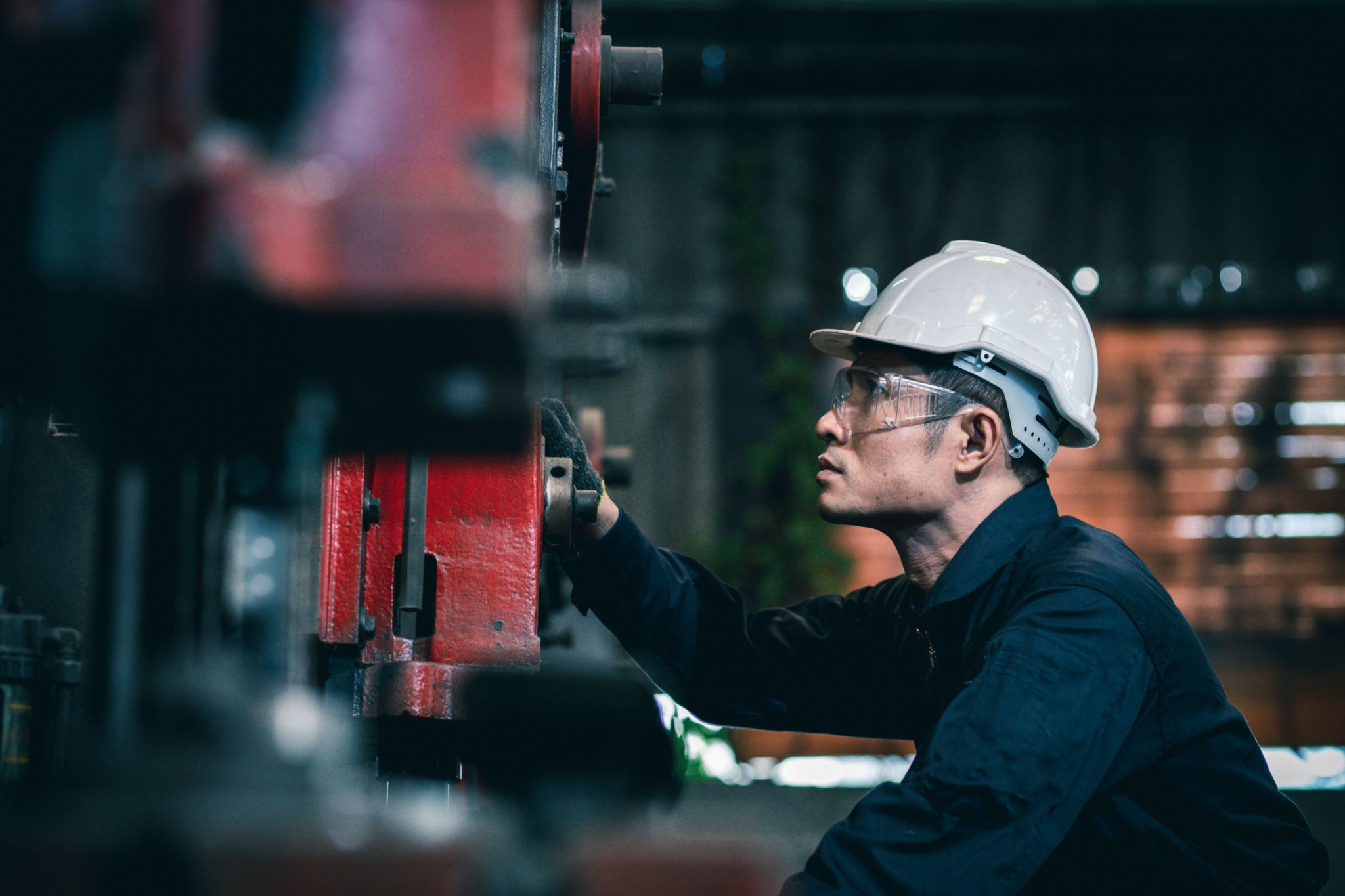The Ultimate Guide to Choosing Garment Machinery for Your Business
Understanding Your Business Needs
When it comes to choosing garment machinery for your business, the first step is understanding your specific needs. Each business has unique requirements based on the type of garments being produced, production volume, and budget constraints. It's essential to assess these needs carefully before making any purchasing decisions.
Start by evaluating the types of garments you plan to manufacture. Different machines are specialized for different tasks, such as sewing, cutting, or embroidery. Knowing the exact processes your production line will involve helps narrow down the choices significantly.

Types of Essential Garment Machinery
Garment production involves various stages, each requiring specific machinery. Below are some of the essential types of garment machinery you might consider:
- Sewing Machines: A core component of any garment business, available in various types including lockstitch, overlock, and zigzag machines.
- Cutting Machines: Vital for precision cutting of fabric, with options like straight knife cutters and laser cutters.
- Embroidery Machines: Used for adding intricate designs to garments, available in single-head or multi-head variations.

Factors to Consider When Choosing Machinery
Several factors should influence your decision when selecting garment machinery. Production Speed is a crucial consideration, as faster machines can lead to increased output and efficiency. However, speed should not compromise the quality of the finished products.
Machine Durability is another key factor. Investing in durable machines can save money on maintenance and replacements in the long run. Additionally, consider the ease of operation, especially if you plan to hire less-experienced operators who may require training.
Budgeting for Garment Machinery
Your budget will play a significant role in determining which machinery you can acquire. It's important to strike a balance between cost and quality. While cheaper options might seem appealing initially, investing in higher-quality machinery often pays off through improved durability and performance.

Researching Suppliers and Brands
Selecting the right supplier or brand is as critical as choosing the right machinery. Look for suppliers with a strong reputation for reliability and customer service. Reading reviews and asking for recommendations from industry peers can provide valuable insights into which brands offer the best value and after-sales support.
Ensuring Proper Maintenance and Support
Once you have chosen your garment machinery, setting up a regular maintenance routine is crucial to ensure longevity and optimal performance. Partnering with suppliers that offer comprehensive support and maintenance services can prevent unexpected downtimes and costly repairs.
Finally, consider investing in training for your staff to maximize the productivity and efficiency of your new equipment. Well-trained employees can operate machinery more effectively, reducing the likelihood of errors and machine wear.

